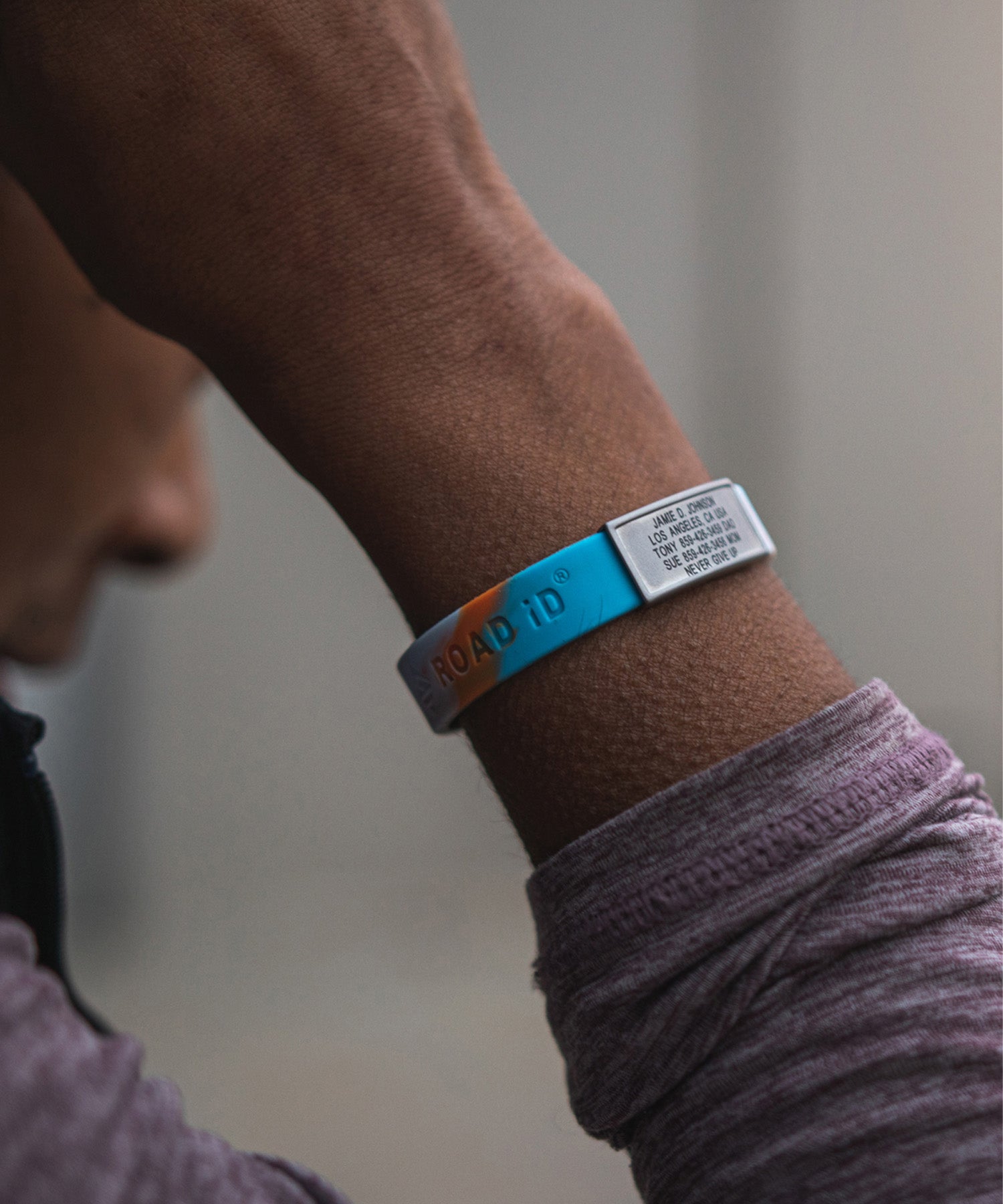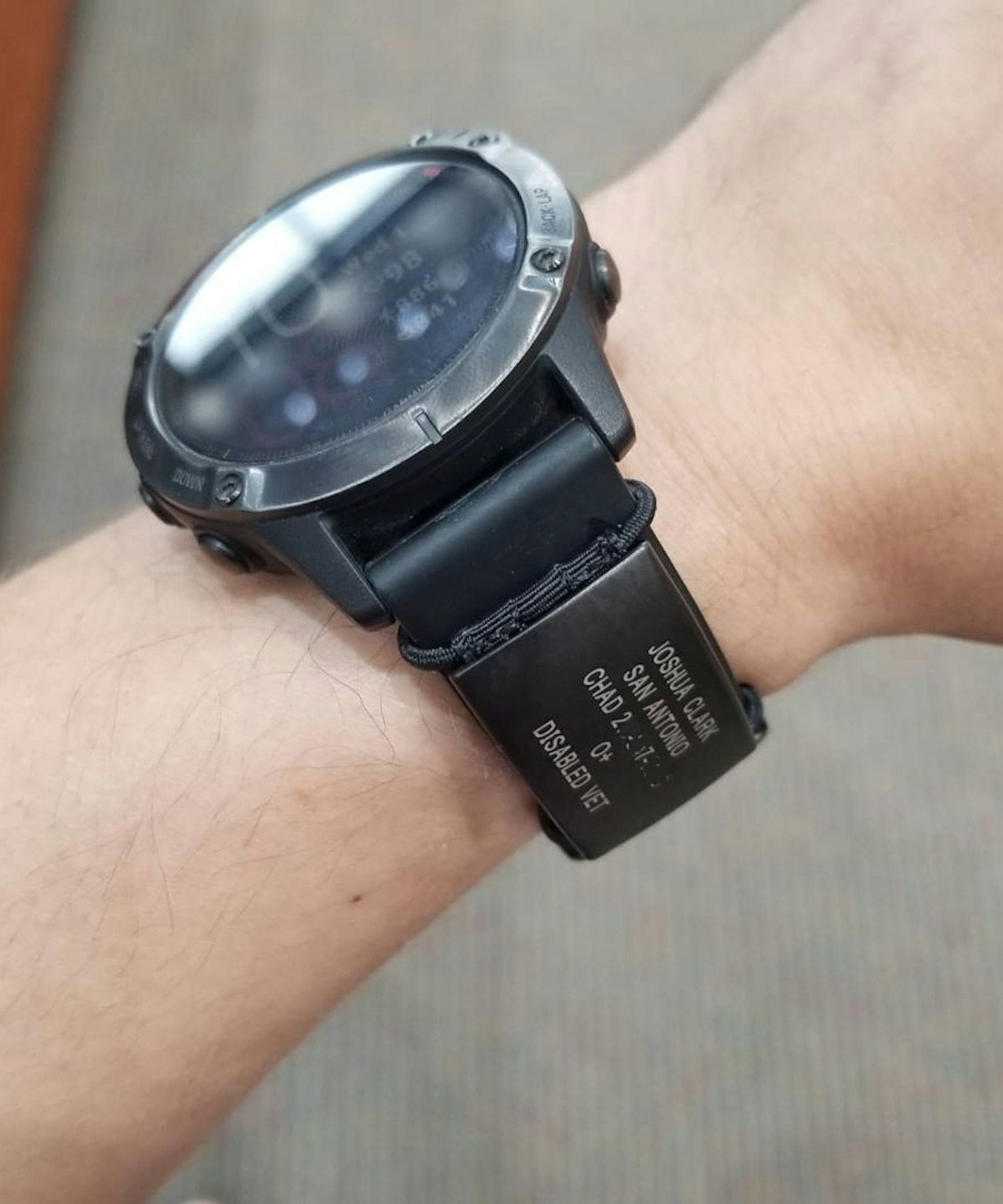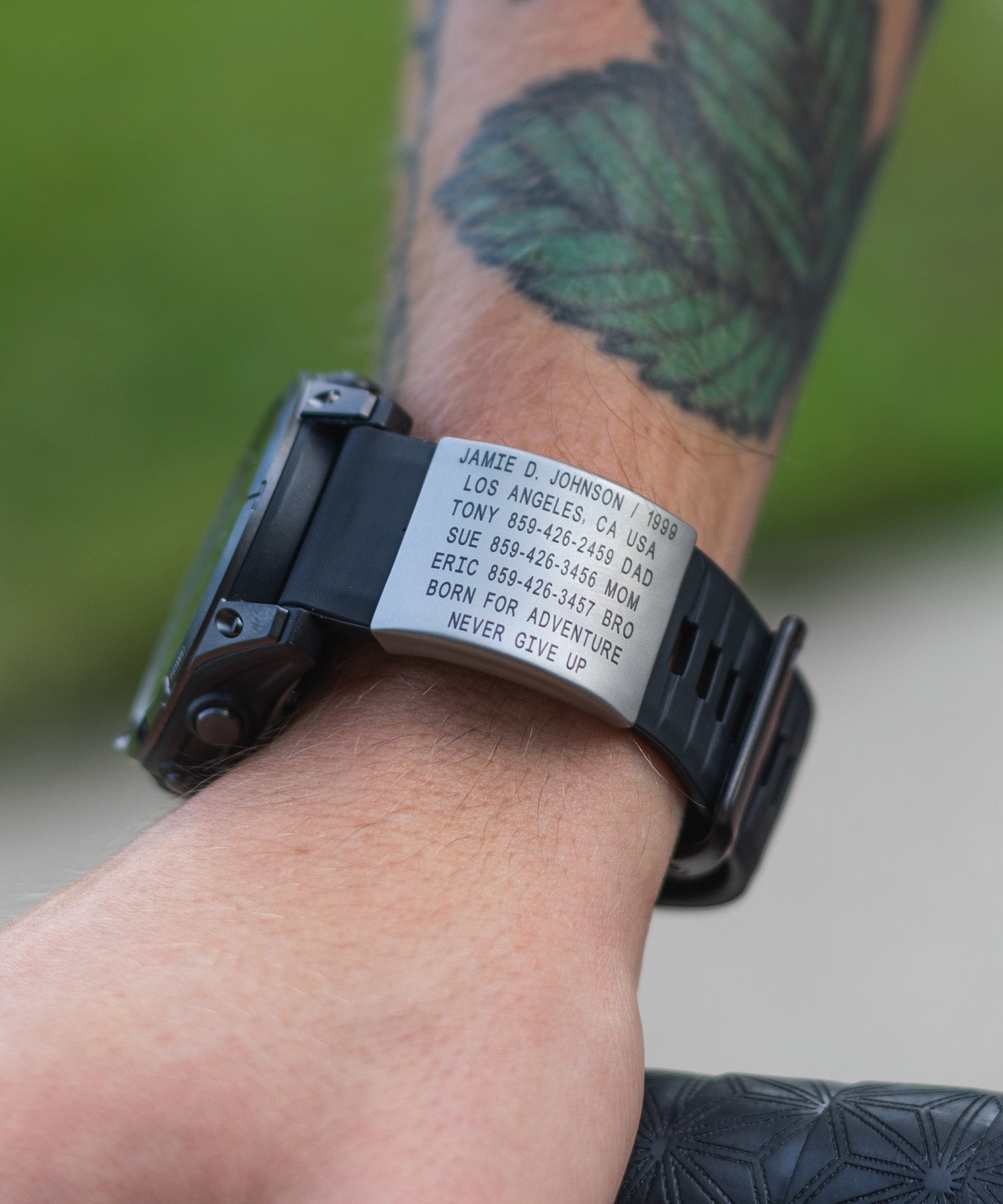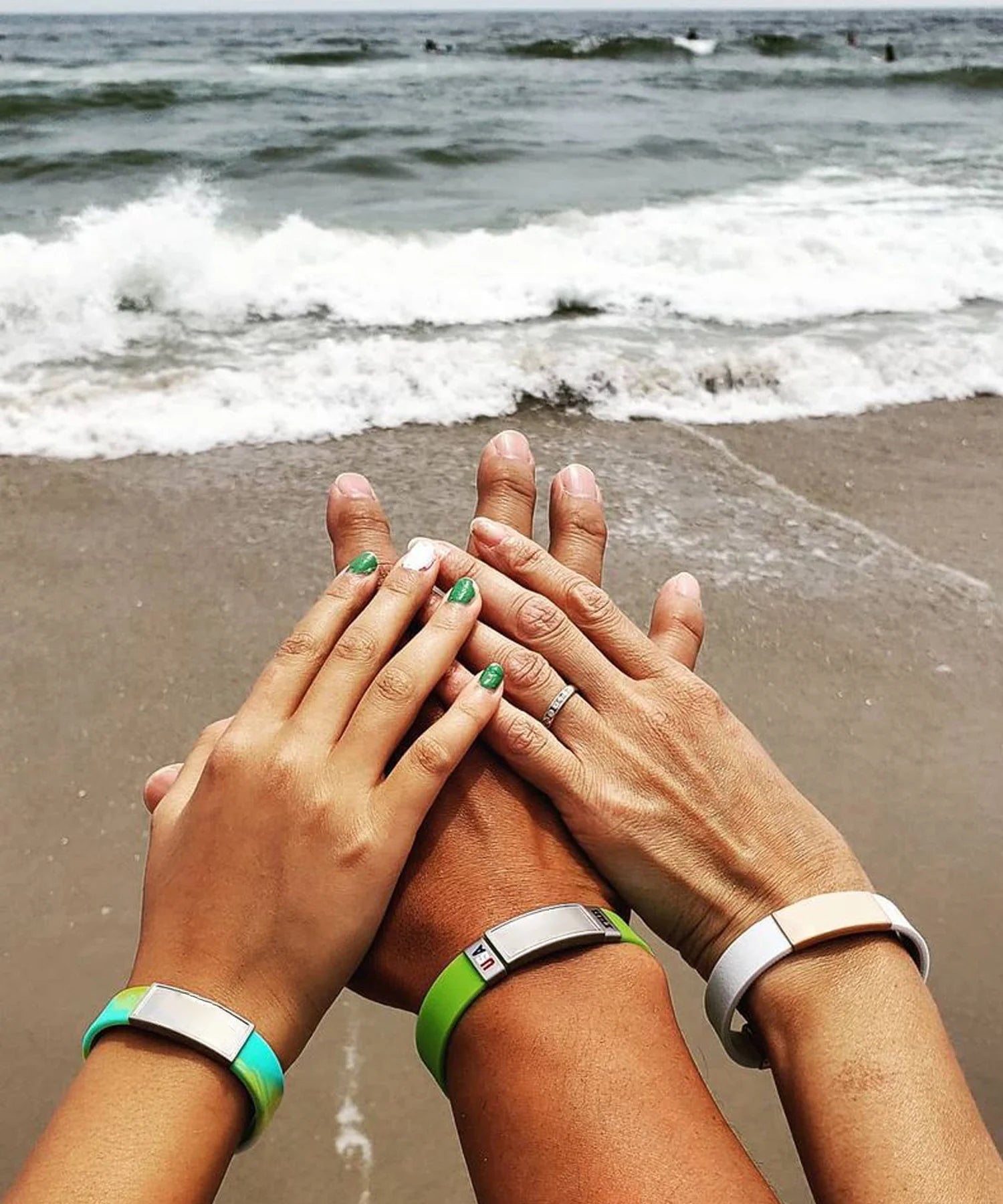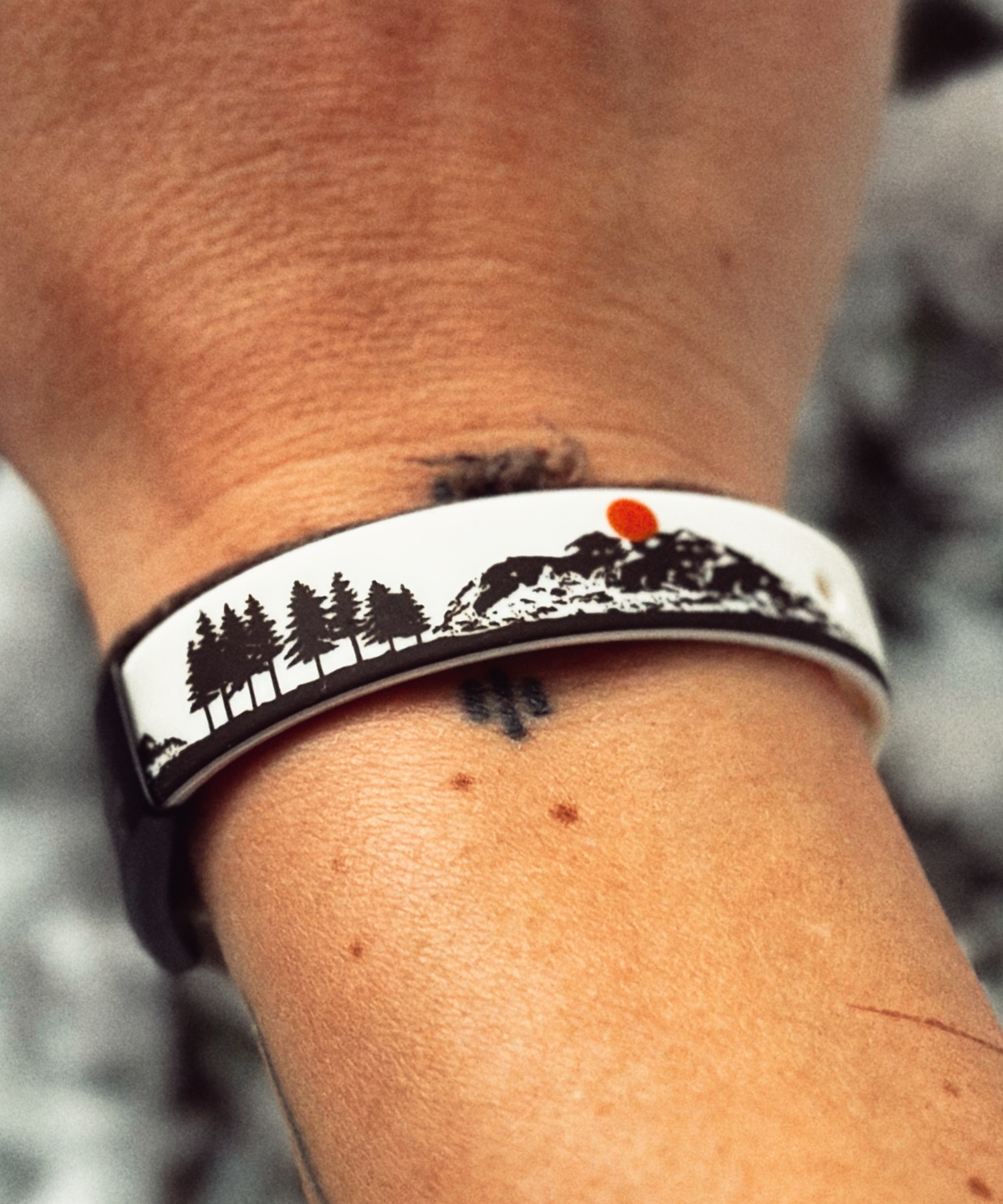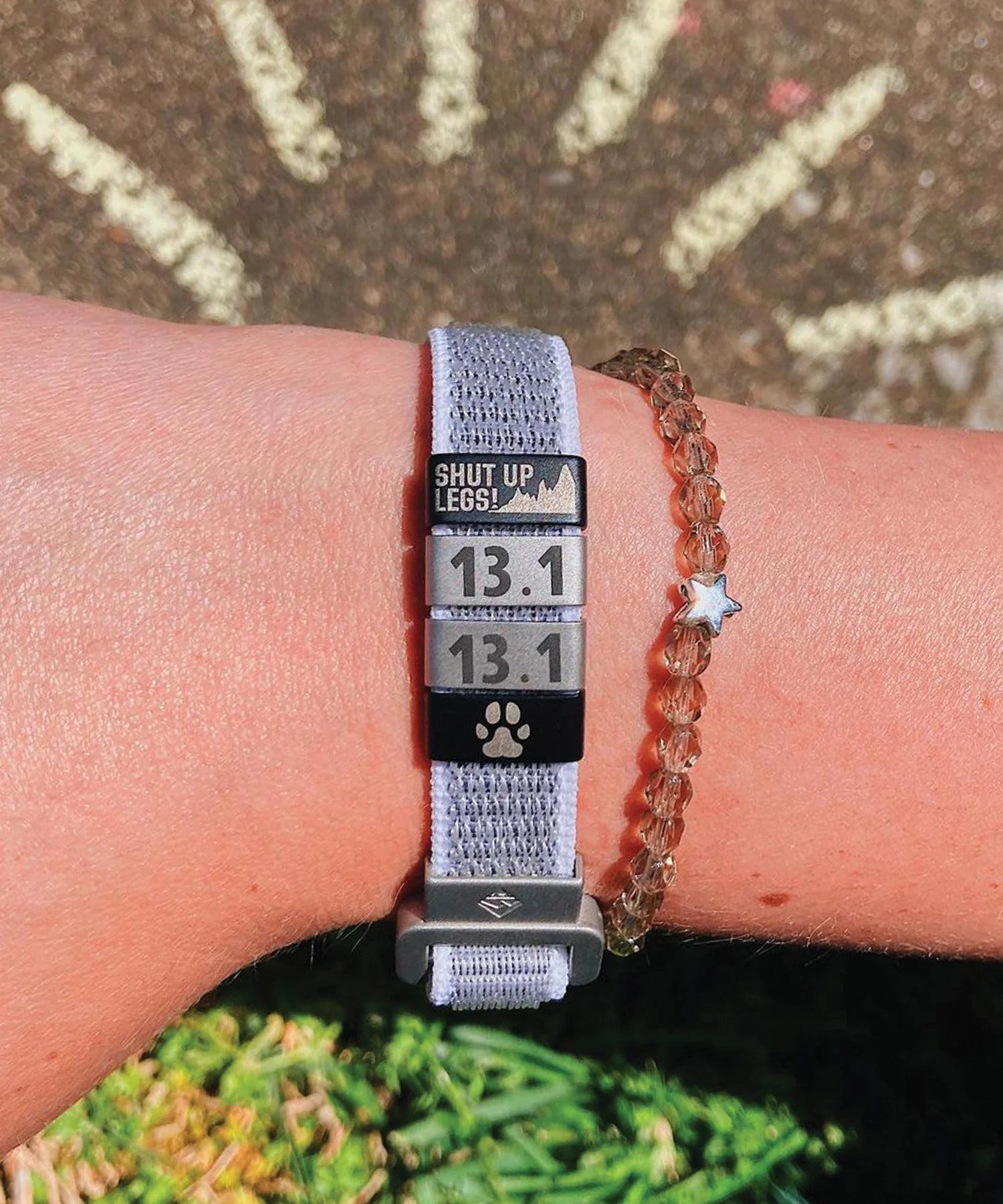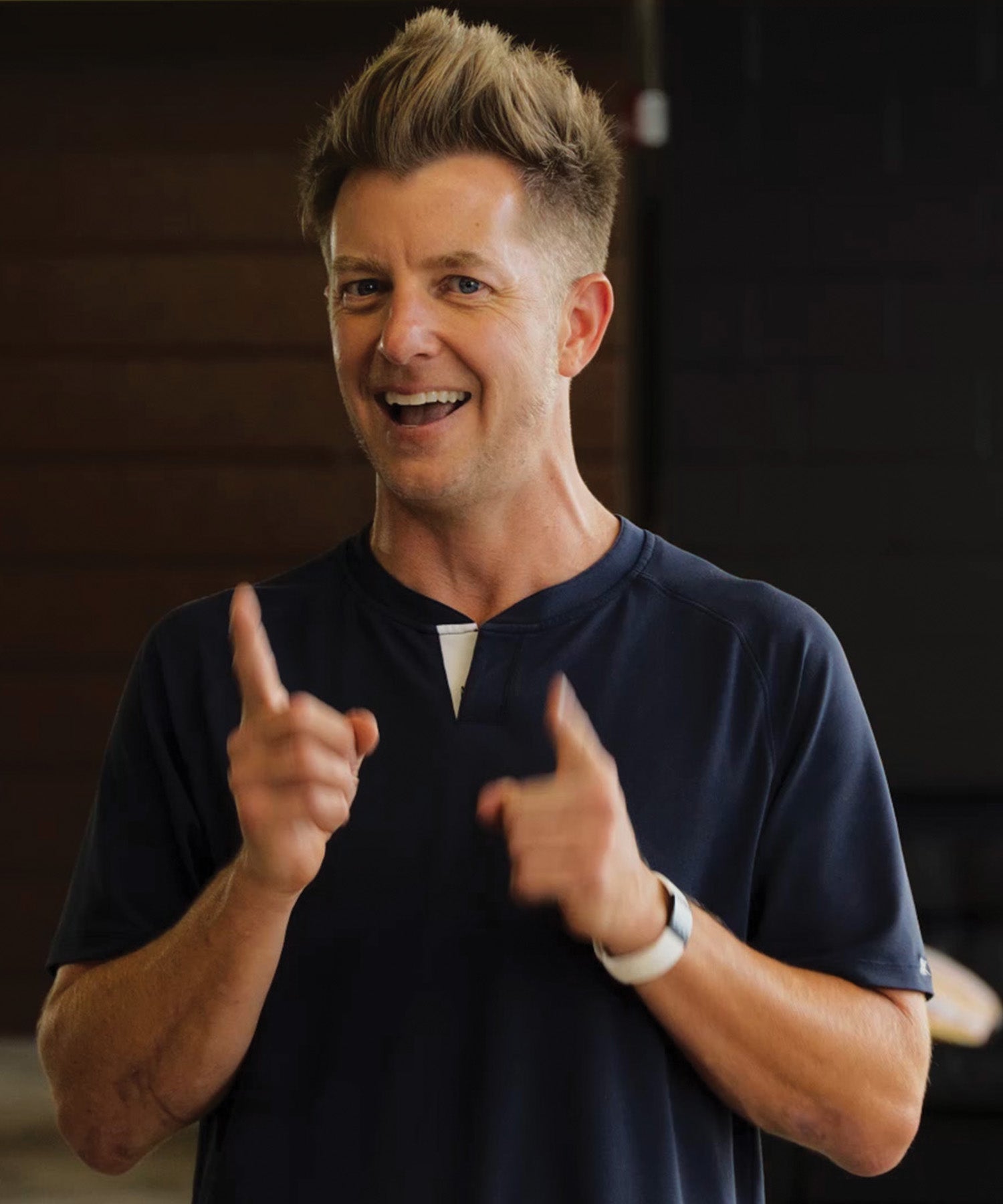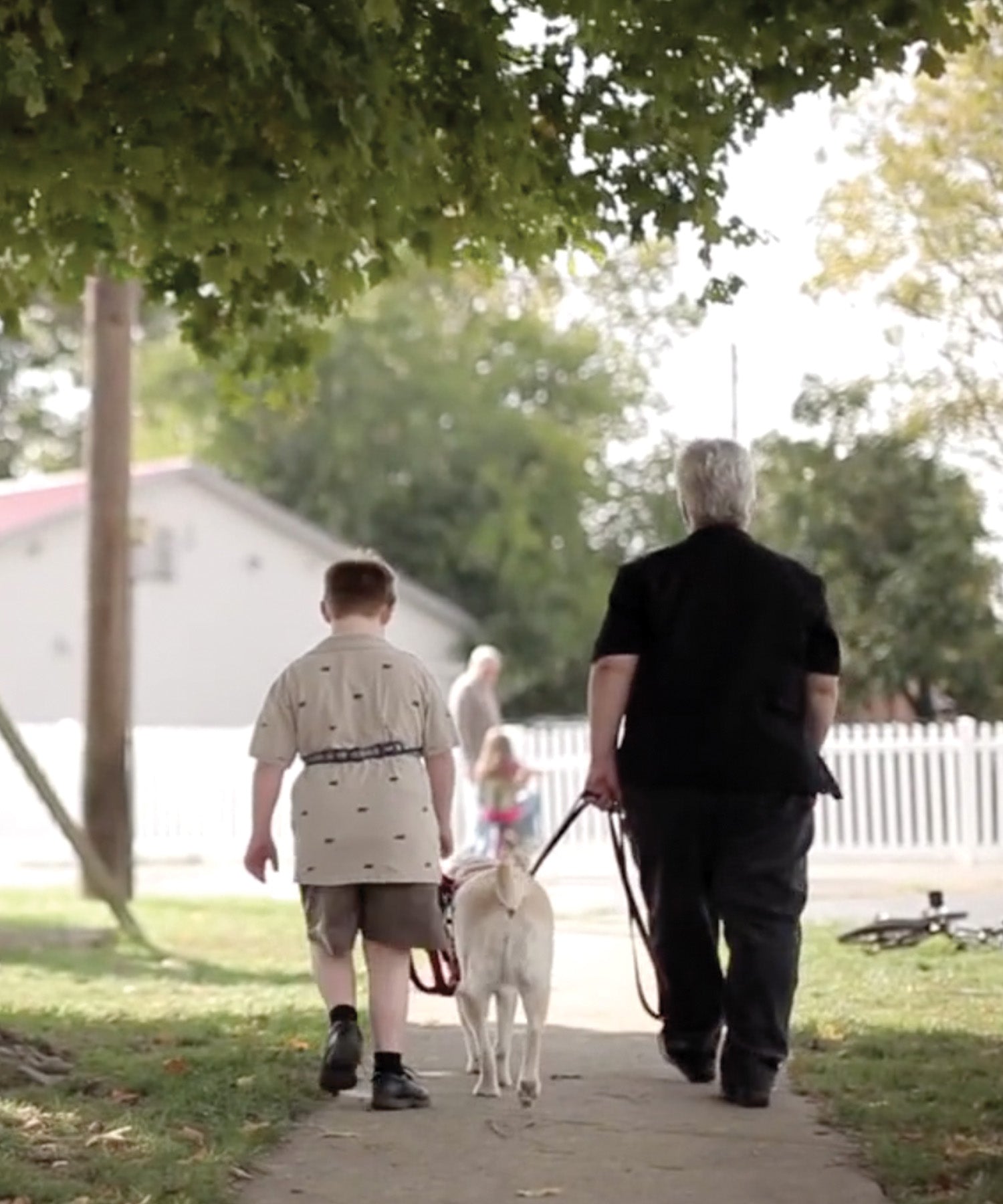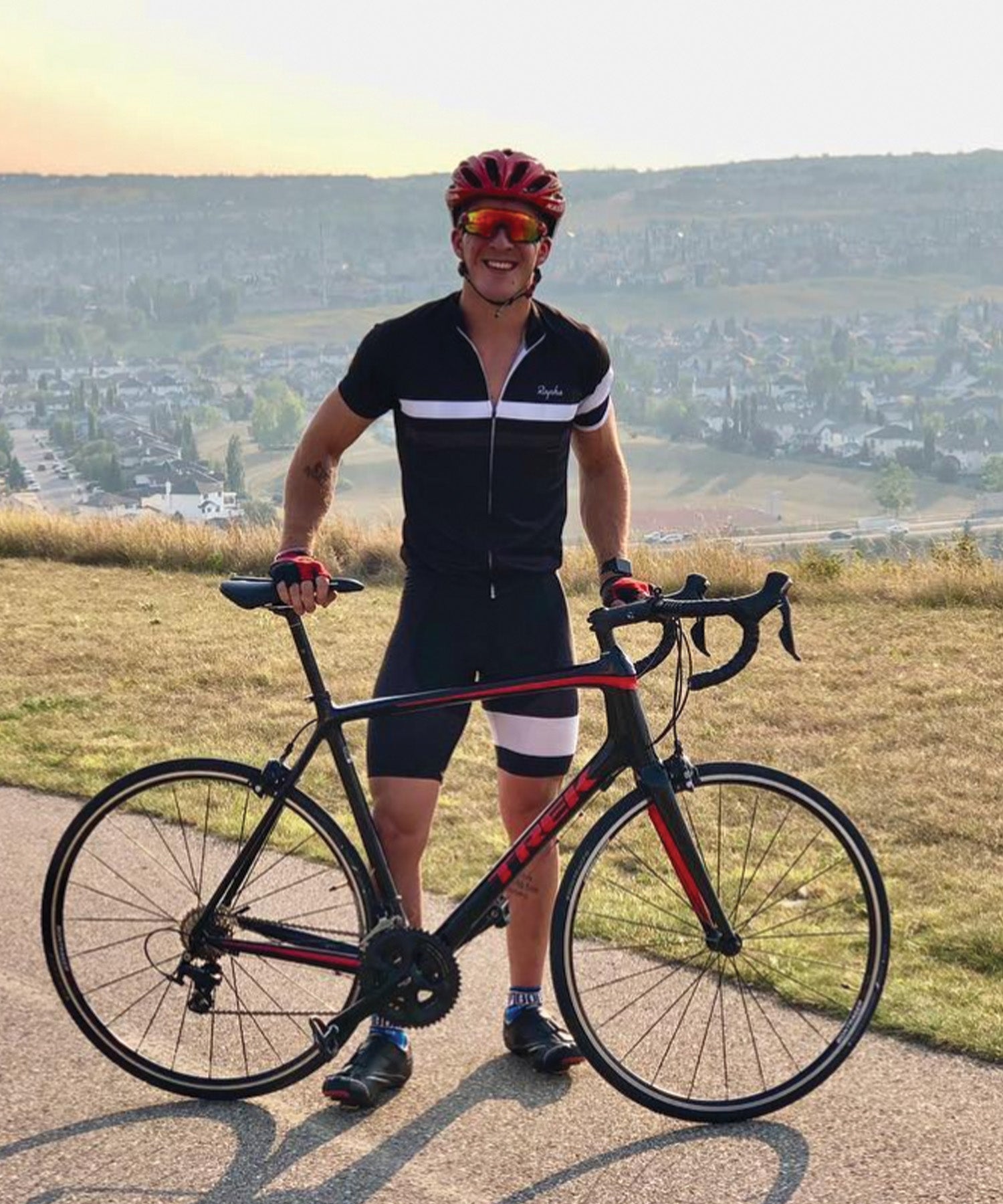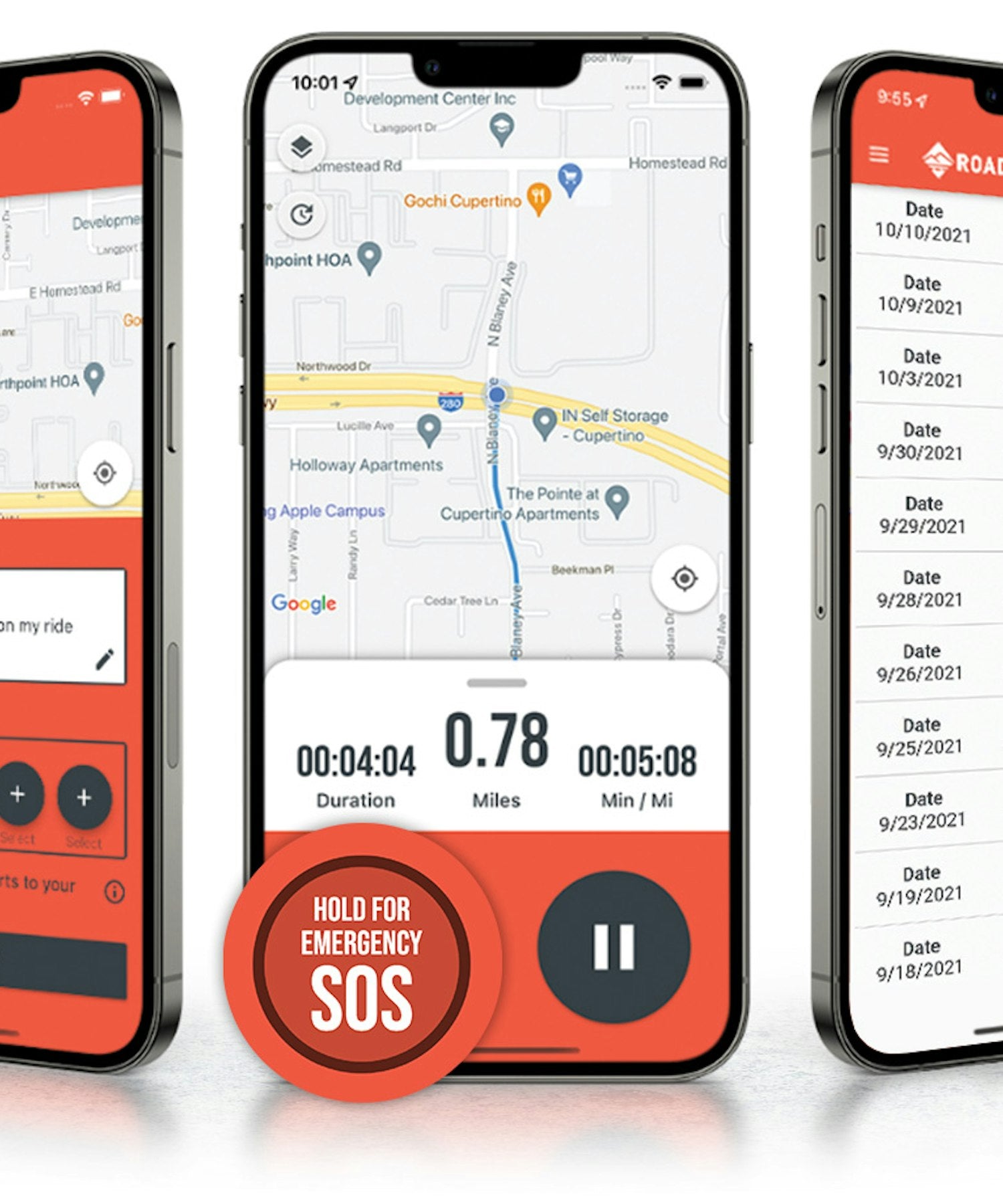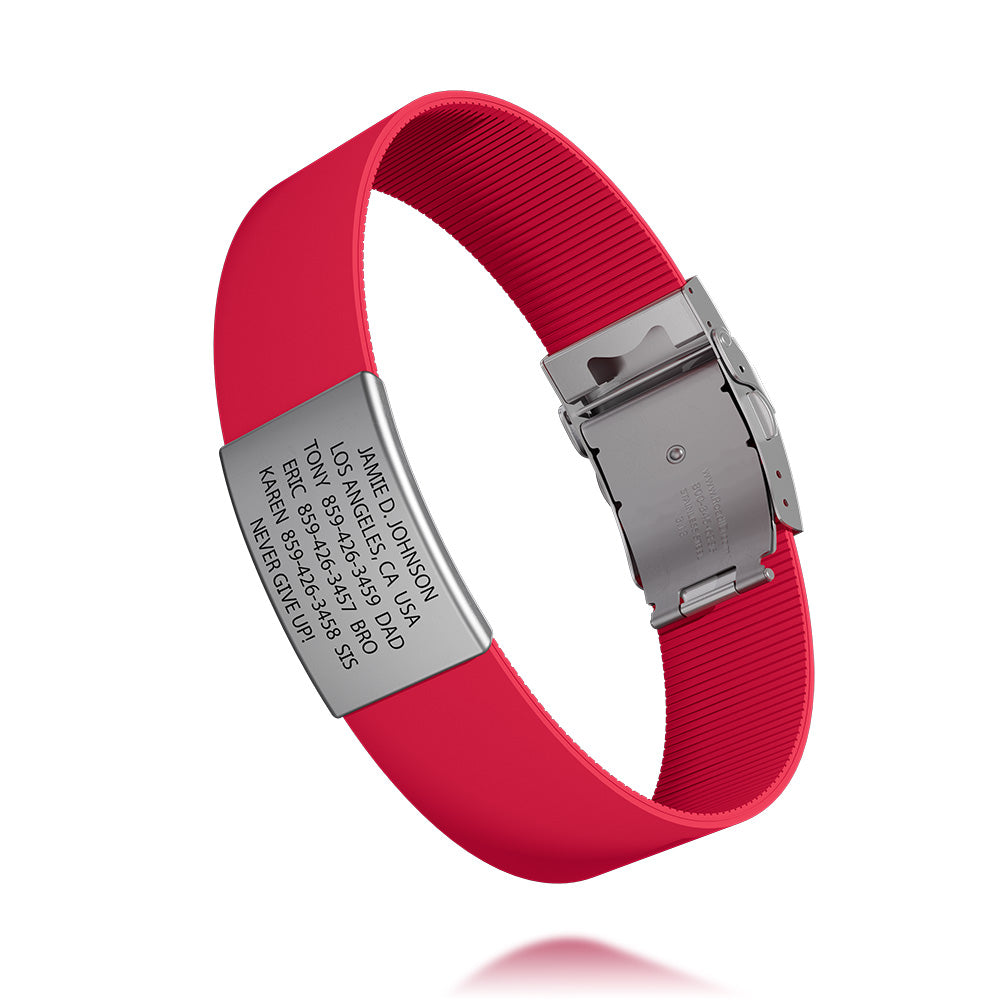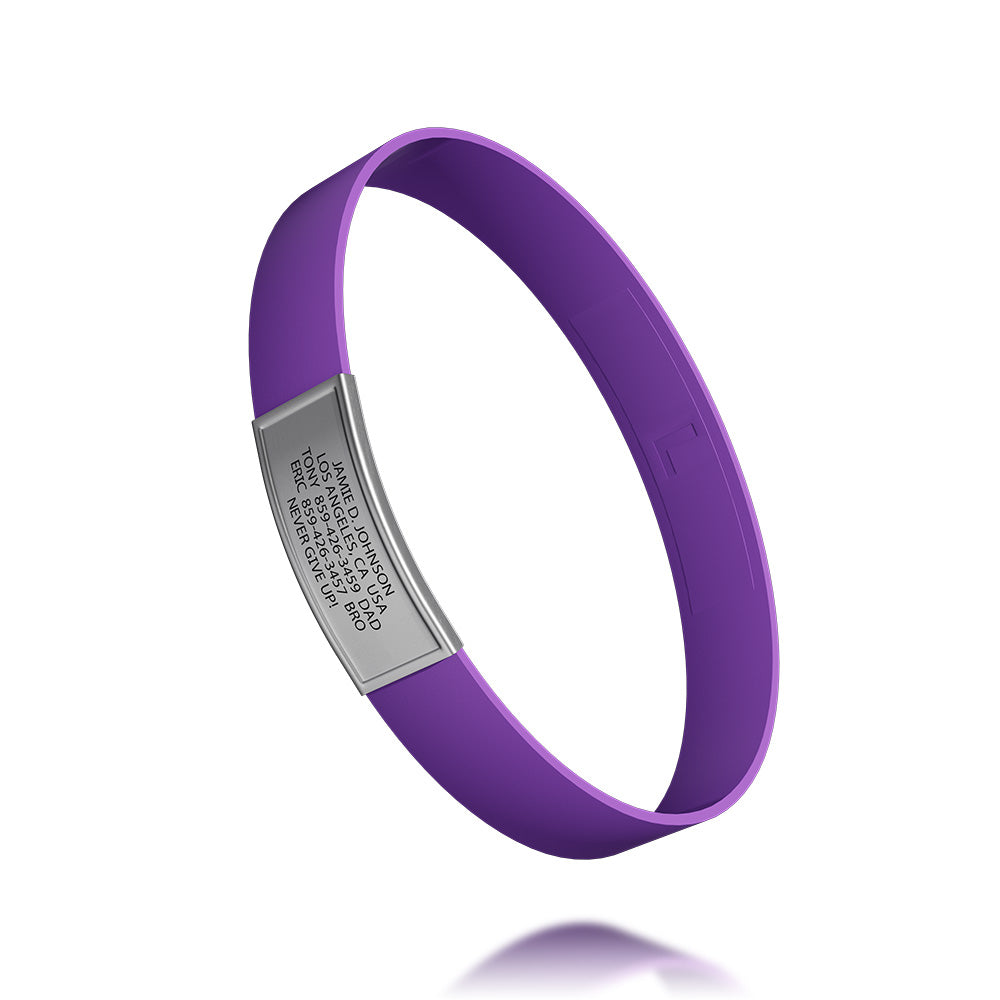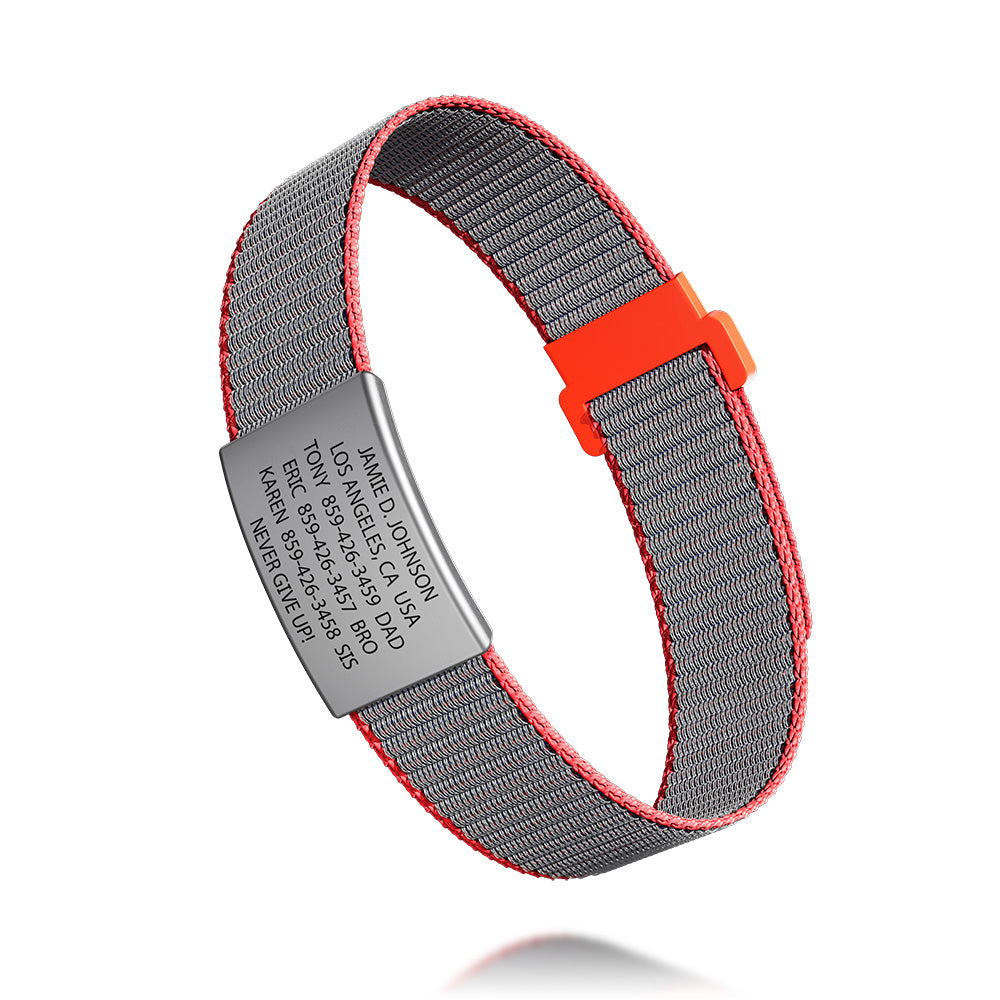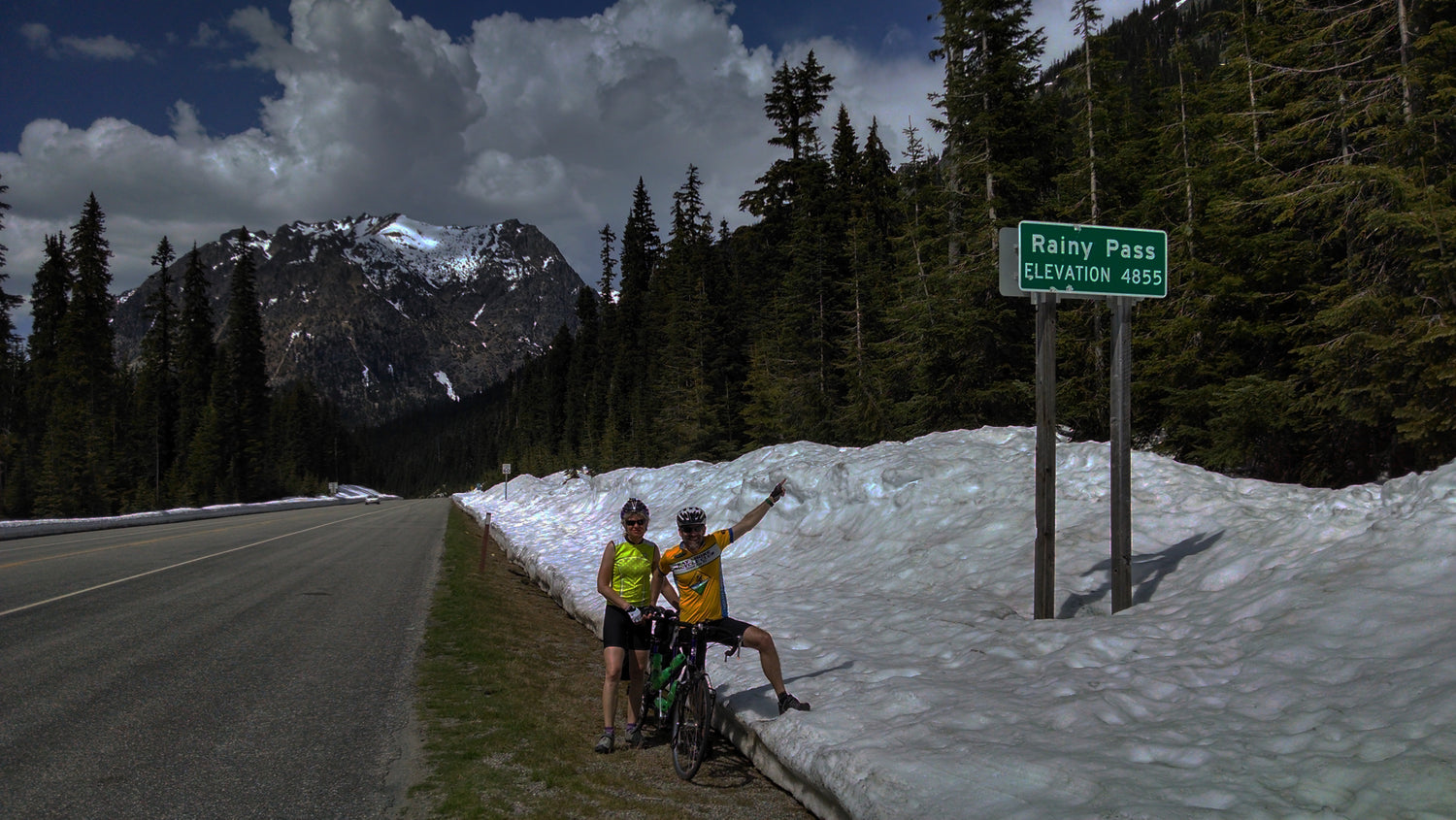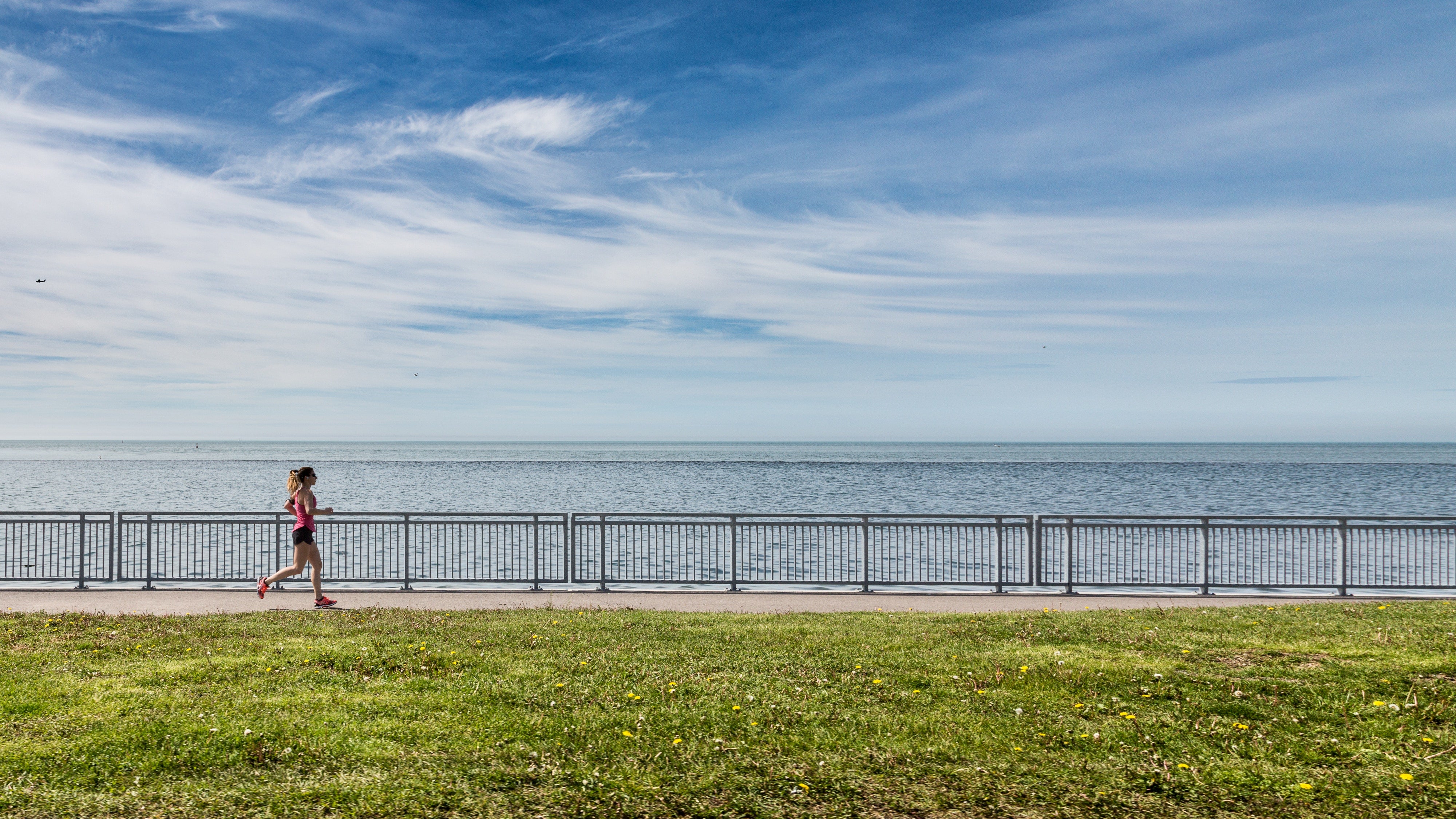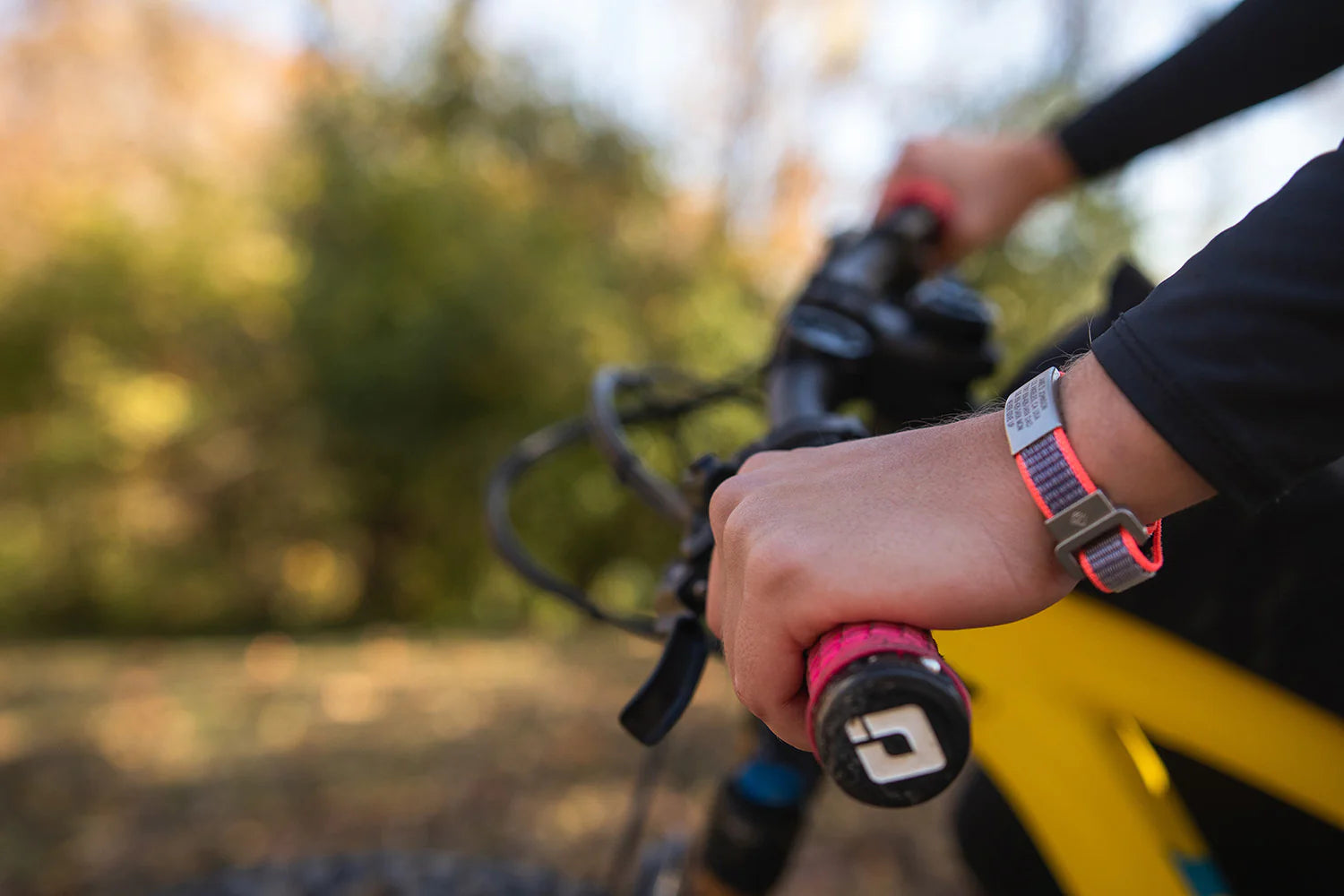Want to embark on a two-seat adventure with your betrothed? This is the place to start. Tracy and Peter Flucke are tandem enthusiasts who have finished three unsupported cross-country bicycle trips on their two-seater. That’s a whopping 11,473 miles pedaled in perfect harmony.
We asked the Fluckes to dish their top tips for riding a bicycle built for two. Read on to find out how to safely and successfully travel on a tandem.
What’s your advice for a pair who want to try Tandem cycling?
The first question we ask couples who are interested in tandem bicycling is, “Can you wallpaper together?” This usually brings laughs or groans. Tandem cycling is more like ballroom dancing, the couple definitely needs to be in sync.
We suggest couples borrow a tandem first. We still have our first tandem and loan it out regularly.
One of the really cool things about tandem bicycling is that there are things you can do on a tandem with a good partner that you could not achieve on your own. But with the reward comes risk – refer to the question below!
What’s the biggest challenge of tandem cycling and how did you overcome that obstacle?
There is a saying in tandem cycling, “Whichever way your relationship is heading, you will get there faster on a tandem.” Communication and trust are keys to successful tandem riding. The captain (person on the front) and stoker (back seat) must be effective communicators to keep the tandem moving in the right direction. There must also be trust. This is particularly true for the stoker because they have little control over the movement of the tandem and must trust the captain to keep them safe. This can be a tall order for many people.
We are still working on the keys; every trip brings new challenges. After our first cross-country trip, Peter was talking to a friend and explained that we almost quit at mile 3000. His friend just smiled, laughed, and said, “My wife and I would be lucky to make it 100 miles.” I guess we are doing okay!
The table below addresses common challenges faced while riding tandem bikes, offering practical solutions to enhance the tandem bicycle experience.
|
Challenge |
Description |
Potential Causes |
Recommended Solutions |
|
Communication Breakdown |
Struggle to maintain effective communication between riders. |
Lack of experience, noise, or distraction. |
Establish clear signals and communication protocol before the tandem ride. |
|
Uneven Pedaling |
Tandem captain or rear rider pedals more forcefully or at a different pace. |
Difference in strength or cycling experience between tandem riders. |
Practice to sync pedaling, adjust seat heights for comfort. |
|
Balance Issues |
Difficulty in maintaining balance, especially at low speeds or stops. |
Inadequate practice, sudden movements, or lack of coordination. |
Practice riding together, start in less crowded areas. |
|
Difficulty in Maneuvering |
Challenges in making turns, navigating through traffic, or avoiding obstacles. |
Lack of experience in handling a tandem, tight spaces. |
Practice in safe, open areas before hitting the road. |
|
Speed Control |
Problems in maintaining a consistent and safe speed. |
Varied comfort levels with speed, lack of communication about braking. |
Agree on speed limits, practice using the brakes smoothly. |
What made you decide to start tandem cycling and what type of bike do you ride?
We purchased our first tandem bicycle in 1996, a Trek T-100. We outfitted it with a kiddie crank so our young daughters could ride on the back. After several years of riding the Trek we decided we wanted to do longer multi-day rides and needed a road/touring tandem. We also were starting to get really busy with the kids. Somehow, we knew we needed something that was just ours to keep us going as a couple.
In 2001, we purchased our 2000 Santana Arriva, a road/touring tandem. We were hooked! After successfully completing three unsupported cross-country trips and close to 70,000 miles on our tandems, we have discovered the adventures and people we meet continue to be the favorite parts of our tandem riding.
|
Fun Fact: The Trek T-100 is known for its versatility and durability, making it a popular choice for both recreational riders and those who use their bikes for commuting. A notable feature of the T-100 is its frame design, which is made from chromoly, a type of steel alloy known for its strength and lightness. |
You’re the founders of WE BIKE, etc LLC, a family business dedicated to helping communities and citizens improve pedestrian and bicycle safety. What are your four top safety tips for cyclists and for motorists to better share the road?
For cyclists:
-Always ride in the same direction as other vehicular traffic
-Signal turns in advance and show clear intent
-Stop, and then yield the right-of-way, at all stop signs and traffic signals
-Wear bright colors and a helmet, lights on at night
For motorists:
-Always yield the right-of-way when entering the road and making turns
-Obey speed limits
-Stop, and then yield the right-of-way, at all stop signs and traffic signals
-Pass bicyclists with a minimum of 3 feet
-Don’t drive distracted or impaired (drugs/alcohol)
On your coast to coast adventure, what was your favorite part? Did you have a favorite area/place to ride through?
This is a really difficult questions to answer because we have now bicycled across the country from west to east (Northern Tier – 2014), north to south (Mississippi River – 2105) and east to west (Historic Route 66- 2016) and along the west coast mountain ranges (Sierra and Cascade – 2019). We have bicycled through some incredibly beautiful and unique parts of our country, but also some very challenging sections.
The Northern Tier, Mississippi River, Route 66, and Sierra and Cascade Mountain routes all have a unique feel, appeals, and challenges. Some of the highlights include:
Northern Tier: Climbing and descending the Cascade Mountain Range, Glacier National Park, White Mountain Range, and Bar Harbor Maine
Mississippi River: Itasca State Park (headwaters of the Mississippi River), Gateway Arch in St Louis Missouri, levee roads along the Mississippi River, New Orleans, Louisiana
Route 66: The Bean in Chicago, Illinois, Petrified Forest National Park, Standing on the Corner in Winslow, Arizona, Santa Monica Pier, California
Sierra and Cascade Mountains: Portland, Oregon, Crater Lake National Park, Lake Tahoe, Reno, Nevada
Tracy & Peter are the authors of Coast to Coast on a Tandem: Our Adventure Crossing the USA on a Bicycle Built for Two. You can find more about the Fluckes' Tandem adventures, safety tips, and WE BIKE, etc on their blog.

